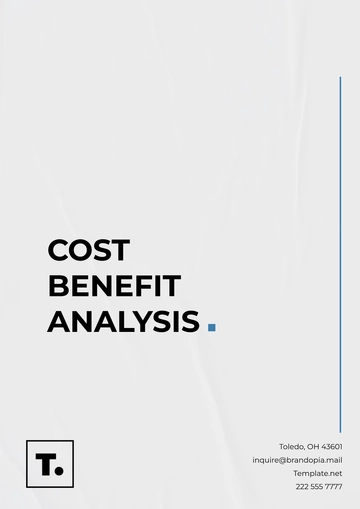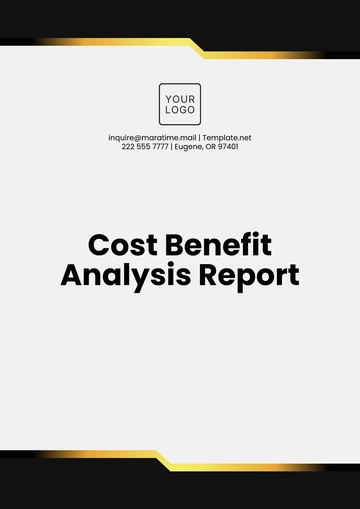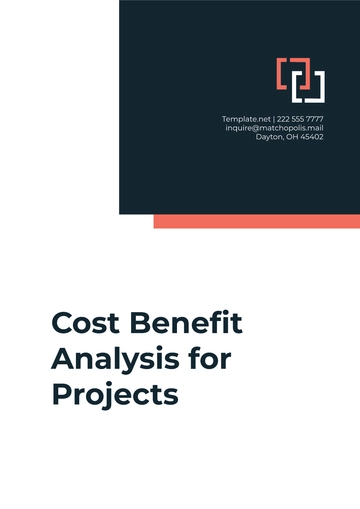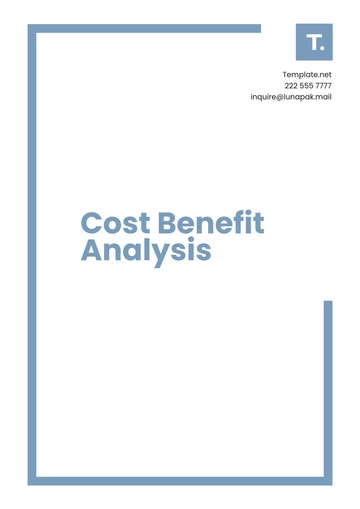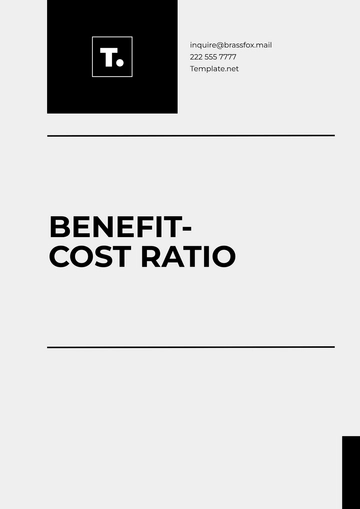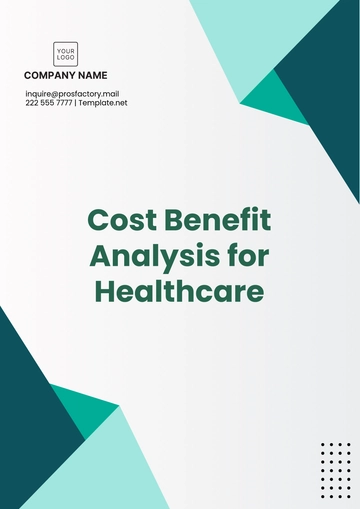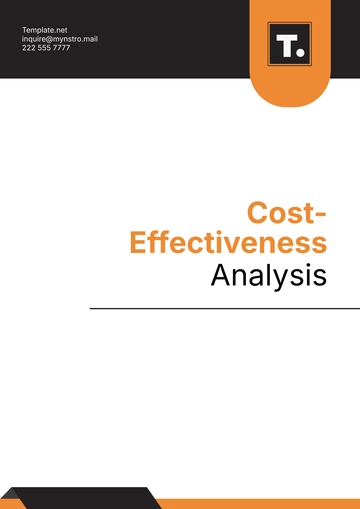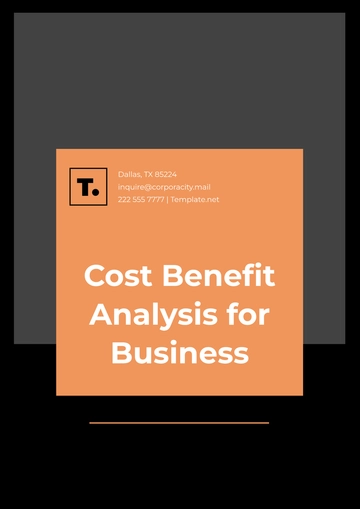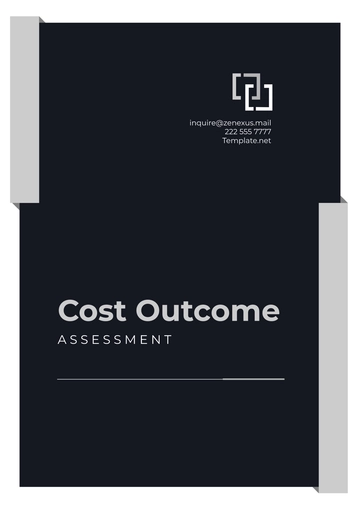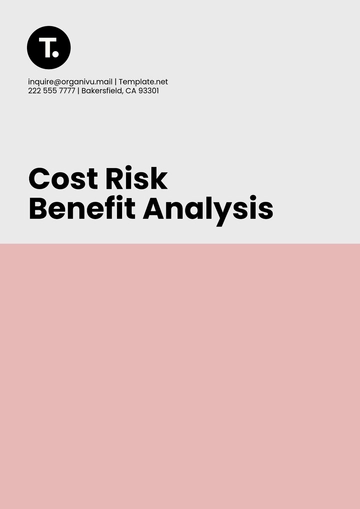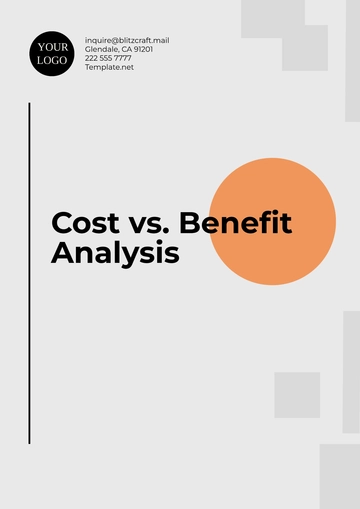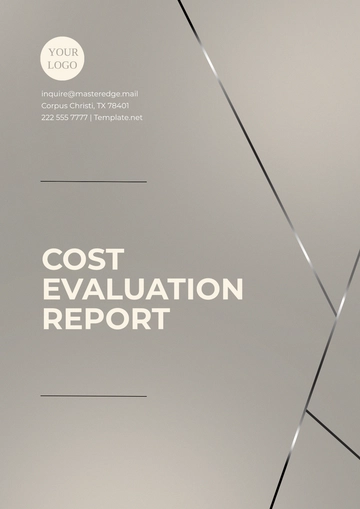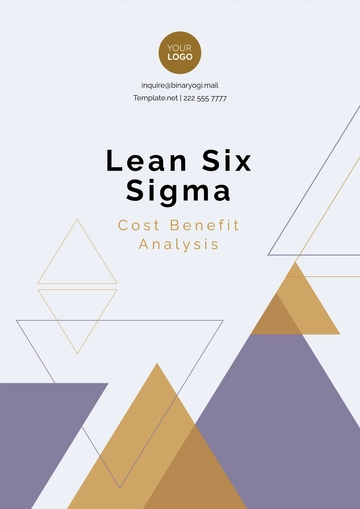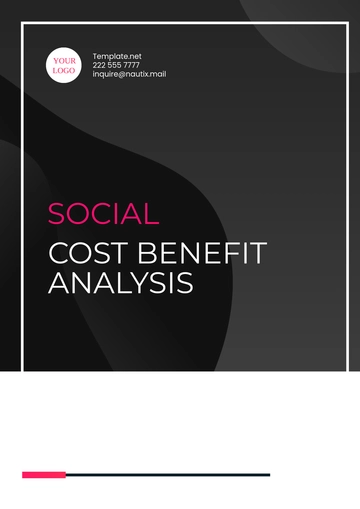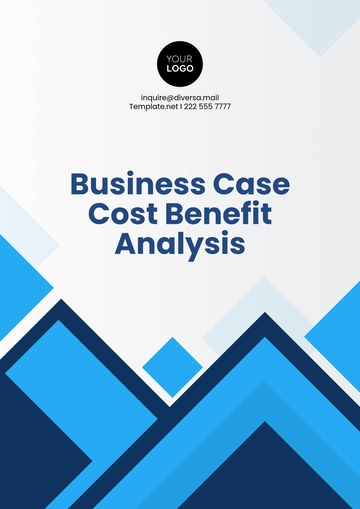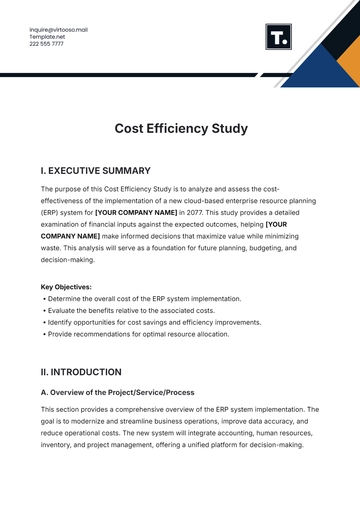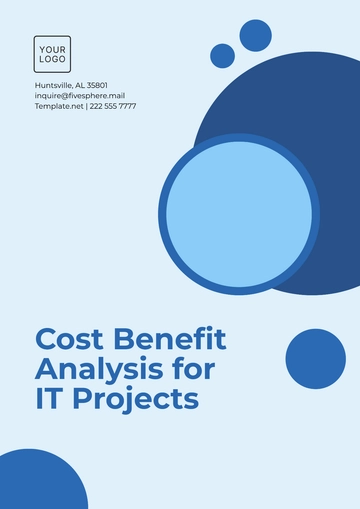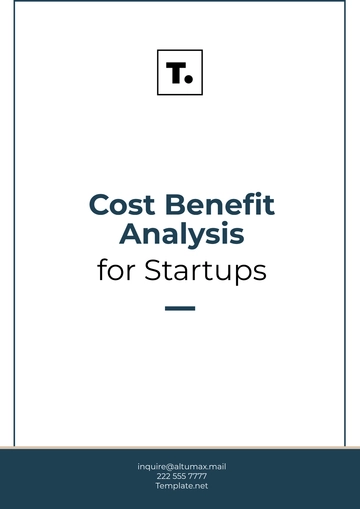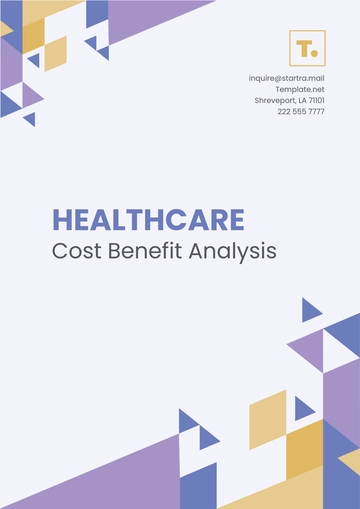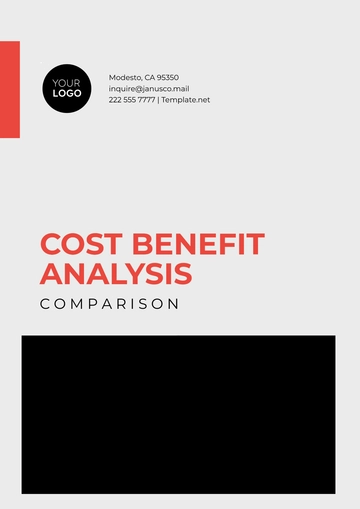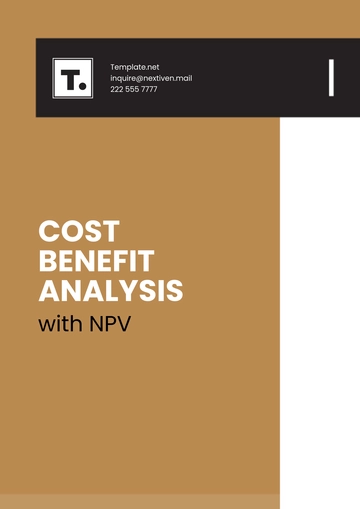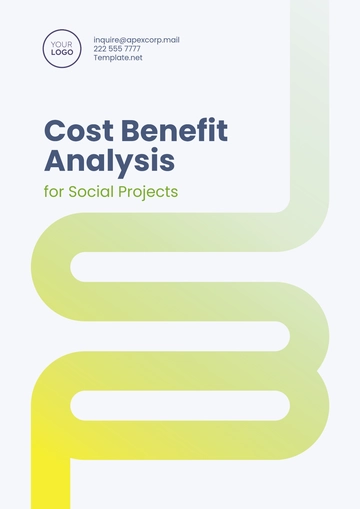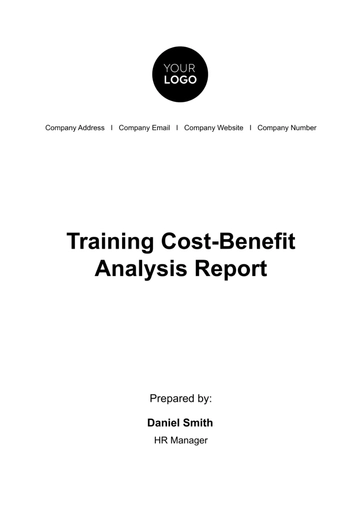Free Lean Six Sigma Cost Benefit Analysis
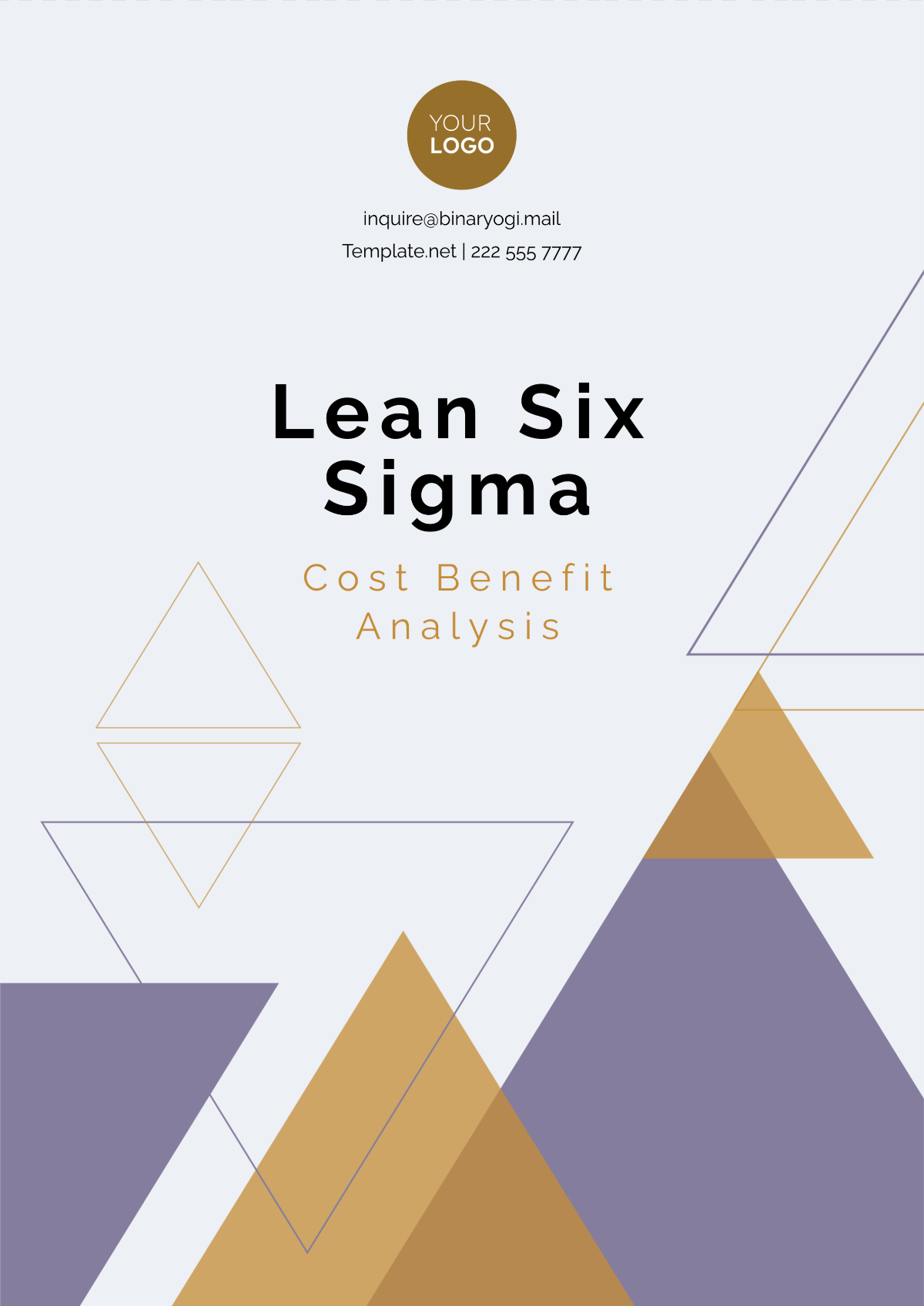
I. EXECUTIVE SUMMARY
This Lean Six Sigma project aims to improve the efficiency of the order fulfillment process at [YOUR COMPANY NAME], targeting a reduction in cycle time and operational costs while improving customer satisfaction. The project will focus on identifying and eliminating inefficiencies within the supply chain, with the goal of reducing waste and optimizing resources.
Objective: The objective of this Lean Six Sigma project is to reduce the order fulfillment cycle time by 25%, resulting in faster delivery times and increased customer satisfaction.
Scope: This project will focus on the entire order fulfillment process, including order receipt, inventory management, and shipping.
Expected Benefits: The anticipated benefits include a reduction in processing time, lower operational costs, improved customer satisfaction, and increased revenue through faster delivery.
Expected Costs: The anticipated costs include personnel hours, training, software tools for data analysis, and materials needed for process mapping.
II. PROJECT OVERVIEW
Problem Statement: Currently, the order fulfillment process at [YOUR COMPANY NAME] experiences delays due to inefficient inventory management, redundant approval steps, and lack of process visibility. These inefficiencies result in a 40% longer cycle time, leading to customer dissatisfaction and missed delivery targets.
Solution Approach: Lean Six Sigma will be applied using the DMAIC framework. We will define the problem, measure current performance, analyze root causes of delays, implement improvements, and control the new process to sustain gains. The primary tools to be used include value stream mapping, process mapping, and statistical analysis.
Timeline: The estimated project timeline is 6 months, with the following milestones:
Define Phase: January 15, 2069
Measure Phase: February 15, 2069
Analyze Phase: March 15, 2069
Improve Phase: April 15, 2069
Control Phase: May 15, 2069
III. COST ANALYSIS
A. Direct Costs
Personnel Costs:
Project Manager: $100,000 (for the 6-month duration)
Lean Six Sigma Consultant: $75,000
Team Members (5 employees for 6 months): $150,000
Training and Development:
Lean Six Sigma Green Belt Certification (5 employees): $25,000
Employee Training Sessions: $10,000
Technology/Tools:
Software Tools (Data Analysis, Project Management): $15,000
Equipment/Materials (Process Mapping Tools, Whiteboards, etc.): $5,000
Miscellaneous Direct Costs: $5,000 (travel expenses, office supplies)
B. Indirect Costs
Opportunity Costs:
Time spent away from regular operations for project team members: $50,000
Disruption to Regular Operations:
Short-term slowdowns or reduced capacity during the implementation phase: $30,000
IV. BENEFIT ANALYSIS
A. Financial Benefits
Cost Savings:
Reduced waste and inefficiencies in the supply chain will result in savings of $120,000 annually from inventory reduction and improved process efficiency.
Increased Revenue:
By improving delivery times, customer satisfaction will increase, leading to a 10% increase in repeat orders and a projected $250,000 increase in annual revenue.
Return on Investment (ROI):
The ROI for this project is calculated at 250%, with total expected benefits of $370,000 and costs of $148,000.
B. Non-Financial Benefits
Improved Customer Satisfaction:
Faster fulfillment times will lead to a 15% improvement in customer satisfaction scores, directly impacting customer loyalty and brand reputation.
Employee Engagement:
Employees will gain Lean Six Sigma expertise and experience, resulting in a more engaged workforce and fostering a culture of continuous improvement.
Enhanced Process Knowledge:
The project will provide valuable insights into process inefficiencies, which can be applied to other areas of the company, promoting long-term organizational growth.
V. COST-BENEFIT COMPARISON
Total Expected Costs: $148,000
Total Expected Benefits: $370,000
Net Benefit: $222,000 (Total Expected Benefits minus Total Expected Costs)
Payback Period: The project is expected to pay back its initial investment in just 4 months, with a net positive return in the first year.
VI. RISK ASSESSMENT
Risk 1: Resistance to Change
Mitigation Strategy: Involve key stakeholders early in the project and provide thorough training to minimize resistance.
Risk 2: Data Inaccuracies During Measurement Phase
Mitigation Strategy: Ensure all team members are trained in data collection techniques and conduct multiple rounds of validation.
Risk 3: Project Delays Due to External Factors
Mitigation Strategy: Build buffer time into the project timeline and establish contingency plans.
VII. CONCLUSION AND RECOMMENDATIONS
Conclusion: The Lean Six Sigma project at [YOUR COMPANY NAME] will result in significant cost savings, improved efficiency, and increased customer satisfaction. The project is expected to provide a 250% ROI, with a payback period of just 4 months.
Recommendation: Based on the cost-benefit analysis, it is highly recommended that [YOUR COMPANY NAME] proceed with the Lean Six Sigma project to improve the order fulfillment process.
VIII. APPROVAL AND NEXT STEPS
Approval from Stakeholders: Approval is required from Chloe Emard, the Executive Team, and the Finance Department to proceed with the project.
Next Steps: Upon approval, the project will move into the Define phase, where the team will be recruited, and initial training sessions will be scheduled.
- 100% Customizable, free editor
- Access 1 Million+ Templates, photo’s & graphics
- Download or share as a template
- Click and replace photos, graphics, text, backgrounds
- Resize, crop, AI write & more
- Access advanced editor
Optimize your Lean Six Sigma projects with this Lean Six Sigma Cost Benefit Analysis Template from Template.net. Fully customizable and editable in our AI Editor Tool, it offers a professional framework for evaluating costs and benefits. Tailor it to streamline processes, eliminate waste, and enhance operational efficiency with clear, actionable insights.
